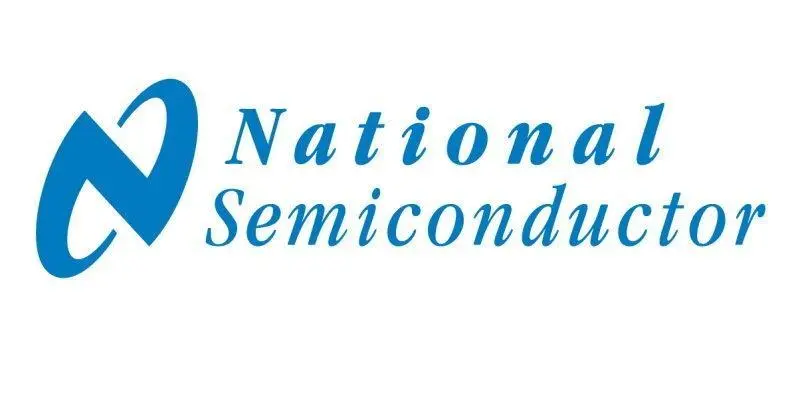About Digital Isolators
Digital isolators are electronic components designed to electrically isolate different circuits from each other while still enabling the transfer of digital signals. They ensure that signals can be transmitted between circuits without any direct electrical connection, providing safety and protection against voltage spikes, ground loops, and noise interference. There are various technologies used in digital isolators, including capacitive coupling, giant magnetoresistive (GMR), and magnetic coupling. These technologies enable the transmission of digital signals across the isolation barrier while maintaining electrical isolation. The number of channels in digital isolators can vary, typically ranging from 1 to 10 or more. Each channel represents an independent path for signal transmission between the isolated circuits. The number of channels required depends on the specific application and the number of signals that need to be transferred. Digital isolators can have different types of channels, namely bidirectional, unidirectional, or a combination of both. Bidirectional channels allow signals to be transmitted in both directions, enabling two-way communication between the isolated circuits. Unidirectional channels, on the other hand, support signals flowing in only one direction, restricting communication to a single direction. The choice of channel type depends on the requirements of the application. Bidirectional channels are commonly used when there is a need for two-way communication, such as in data transmission or control systems. Unidirectional channels may be preferred when signals only need to flow in one direction, simplifying the design and reducing complexity. In summary, digital isolators provide electrical isolation between circuits while allowing for the transfer of digital signals. They employ technologies like capacitive coupling, GMR, or magnetic coupling. The number of channels in digital isolators can vary, accommodating different signal transmission requirements. Channel types can be bidirectional, unidirectional, or a combination of both, depending on the application's needs. Digital isolators play a crucial role in ensuring signal integrity, protecting circuits from electrical issues, and enabling safe and reliable communication between isolated systems.



